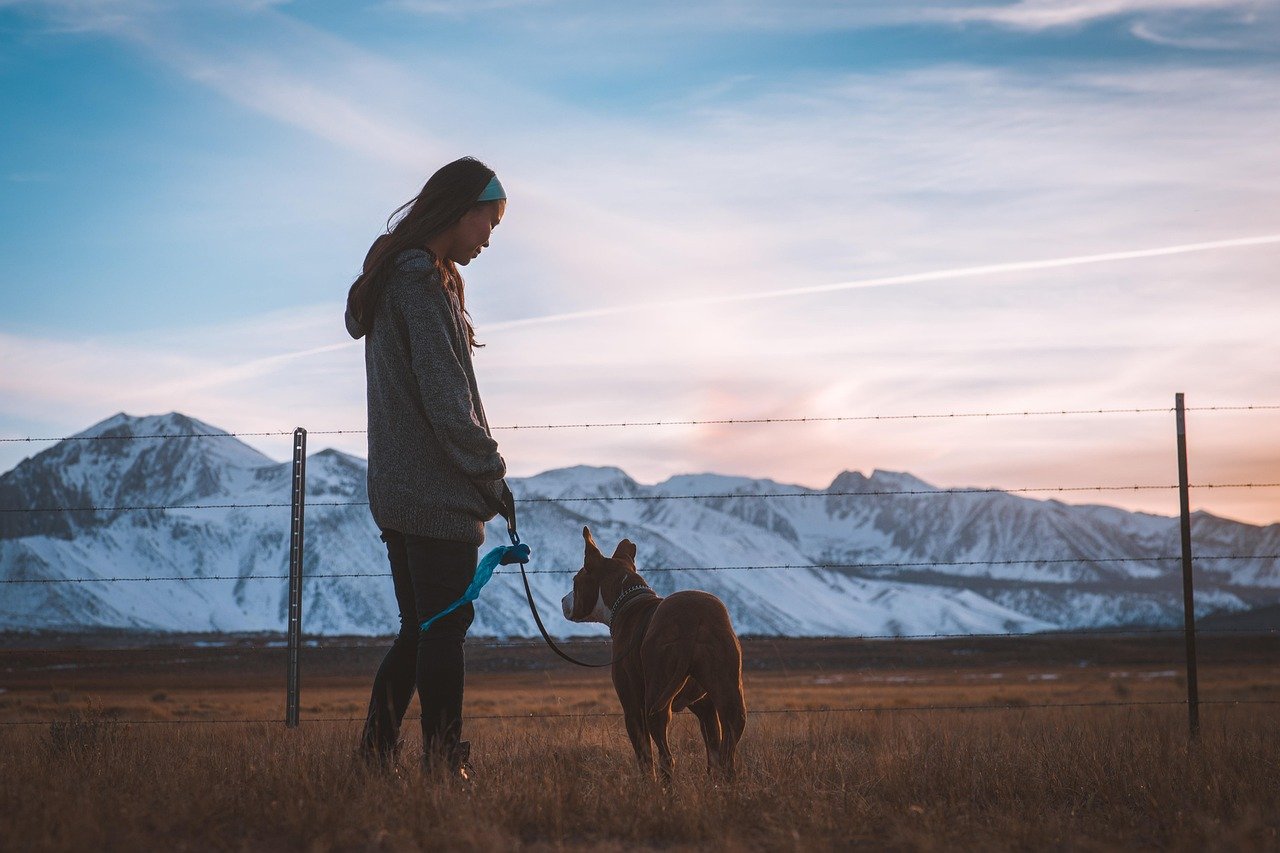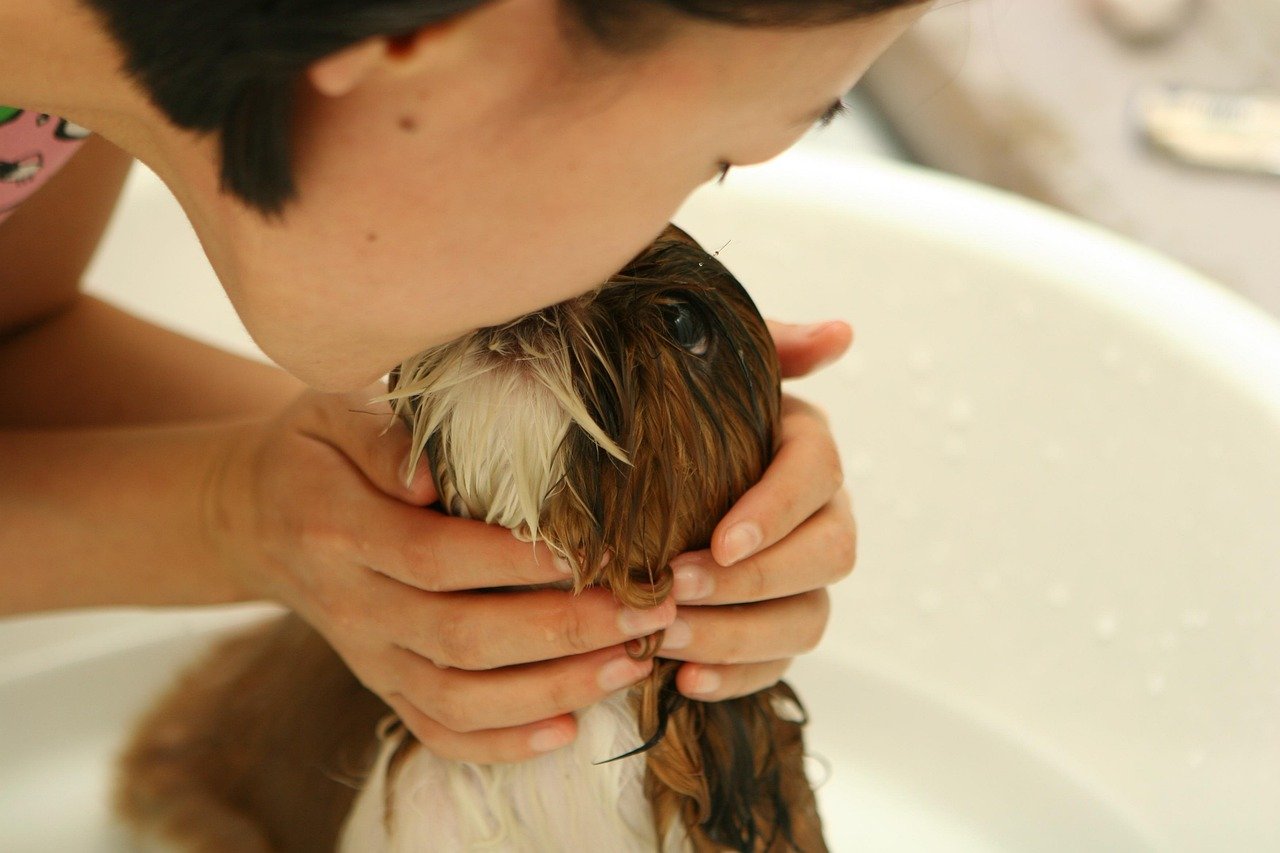Isn’t it amazing how a dog’s joy can light up a summer day? But when the sun gets blazing, our furry pals can struggle more than we realize. As someone who’s spent countless summers with dogs—watching them sprawl out on cool tiles or pant for relief—I know just how important it is to keep them safe, happy, and comfortable. Summer fun is only fun if your best friend feels good, too. Let’s dive into practical, heartfelt ways to help your dog beat the summer heat.
Provide Plenty of Fresh, Cool Water
Dogs can get dehydrated fast in hot weather, especially after play or walks. Always keep their bowls brimming with fresh, cool water. I like to add a couple of ice cubes—my own dogs love to chase them around the bowl before settling in for a long drink.
If you’re out and about, bring a portable water bottle and a collapsible bowl. Signs your pup needs water include dry gums, heavy panting, and lethargy. Never ignore these cues; a hydrated dog is a happy dog.
Offer Shady Retreats Indoors and Out

Shade is your dog’s best friend on sunny days. Whether you’re in your backyard or at the park, set up a canopy, use a beach umbrella, or seek out trees. My own lab, Max, loves curling up under a big maple tree when we picnic outside.
Indoors, keep curtains drawn during peak heat. Your dog will naturally seek out cooler, darker spots. Watch for signs of discomfort—if they’re moving from place to place, they’re searching for relief.
Limit Walks to Cooler Hours

Early mornings and late evenings are best for exercise in summer. Pavement can get scorching hot, burning your dog’s sensitive paws. A quick test: if you can’t hold your hand on the pavement for seven seconds, it’s too hot for your dog.
Shorter, more frequent walks help avoid overheating. If your dog lags behind or seeks shade during a walk, take it as a sign to head home and cool off.
Never Leave Your Dog in a Parked Car
It’s shocking, but even with the windows cracked, the inside of a car can become a death trap in minutes. Temperatures rise dramatically, and dogs can suffer heatstroke rapidly.
If you need to run errands, leave your pup at home where it’s safe. Signs of heatstroke include drooling, confusion, and vomiting. Immediate action can save their life—move them to a cool spot and contact your vet right away.
Groom With Summer in Mind

Regular brushing helps remove excess fur, allowing air to circulate and keeping your dog cooler. But avoid shaving double-coated breeds; their fur protects against sunburn and insulates from heat.
Trim longer fur slightly for cleanliness, but always leave enough for protection. Watch for matted hair, as it traps heat and can make your dog miserable.
Create Cool Resting Spots
Dogs often sleep on cool surfaces when it’s hot. Lay out a damp towel or invest in a cooling mat. Some dogs even love a small kiddie pool filled with shallow water for lounging—my terrier can’t resist splashing around in his!
Make sure their bed isn’t in direct sunlight or next to hot appliances. If you see your pup avoiding their usual sleep spot, it might be time to rethink its location.
Watch for Signs of Overheating

Dogs can’t sweat like we do; they rely on panting to cool down. Heavy panting, glazed eyes, rapid heartbeat, and unsteadiness are red flags. Some breeds—like bulldogs or pugs—overheat more easily.
If you spot these behaviors, get your dog to a cool area and offer water. You can also gently wet their paws and belly with cool (not cold) water.
Protect Those Sensitive Paws

Hot sand, pavement, and even artificial turf can scorch a dog’s feet. If your dog is limping, licking their paws, or refusing to walk, it’s time to check for burns.
Dog booties offer great protection, though some pups need time to get used to them. Always check your dog’s paws after outdoor adventures for blisters or redness.
Keep Up With Flea, Tick, and Parasite Control

Warmer months mean bugs are out in force. Fleas, ticks, and mosquitoes not only make your dog uncomfortable, but they also carry diseases like Lyme or heartworm.
Use vet-recommended preventatives, and check your dog’s fur and skin regularly. If you notice scratching, redness, or small bumps, act quickly before a small problem becomes a big one.
Make Summer Fun With Safe Water Play
Many dogs love swimming, but not all are natural swimmers. Always supervise water play, whether you’re at a lake, beach, or backyard pool. Rinse your dog after swimming to remove chlorine or salt that can irritate their skin.
Toss in floating toys or set up a sprinkler for backyard fun. Watch for signs of fatigue—dogs can overdo it just like kids—and encourage breaks in the shade.
Conclusion
These simple steps can make all the difference for your dog’s comfort and health during the summer. Every dog is different, so pay attention to their cues and adjust as needed.

Born and bred in South Africa, a Capetonian at heart. Amy-Leigh’s love for nature and animals was inherited from her Dad. He loves taking the family on road trips to experience nature at its finest; Amy-Leigh’s favourite being whale watching in Hermanus and spotting Kudu along the West Coast. Amy-Leigh holds a BA in English Literature and Communication Studies.





